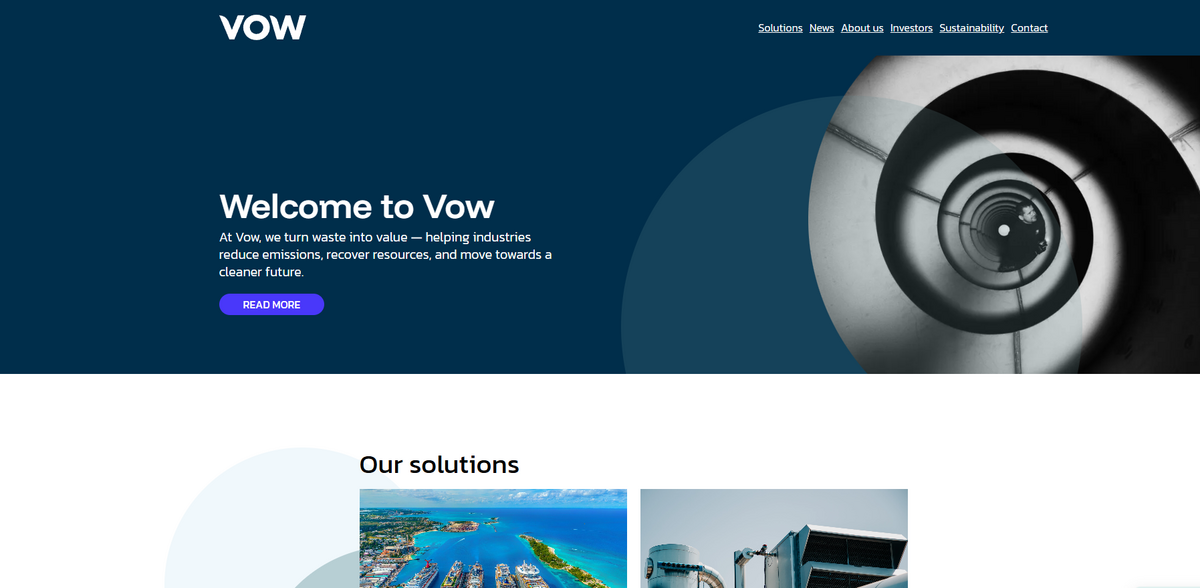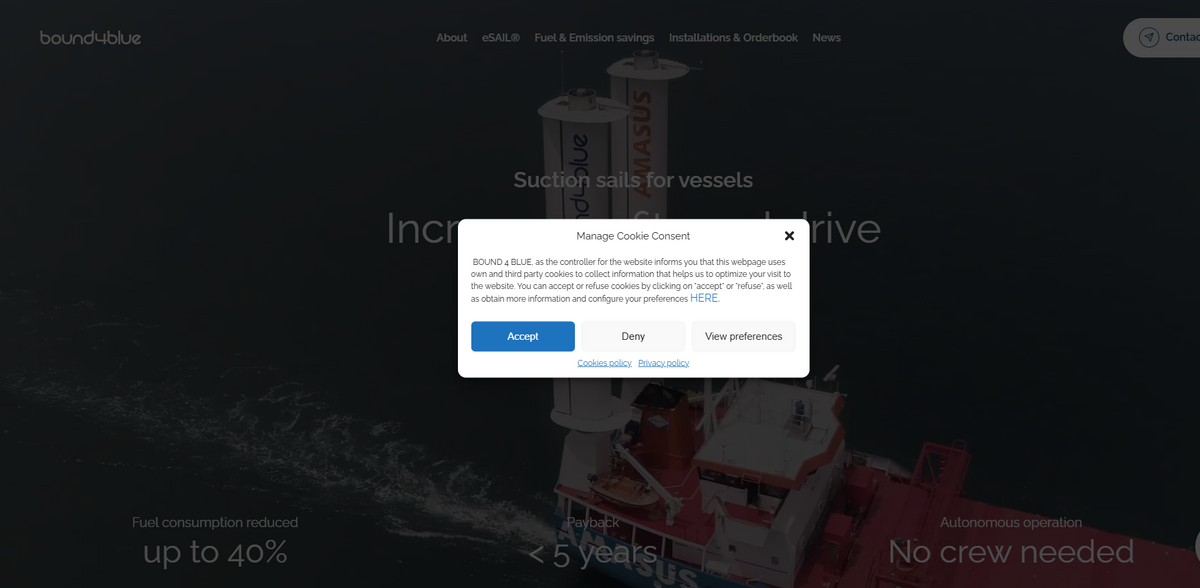What is Vow and Its Transformative Mission?
Vow is at the forefront of turning waste into value — a mission centered on reducing emissions, recovering resources, and paving the way toward a cleaner future. This innovative project decarbonizes industrial processes by converting waste and biomass into renewable carbon materials and fossil‐free energy. It is all about preventing pollution and creating high-value outputs from everyday waste, from transforming wastewater on cruise ships to processing agricultural residues for clean energy… A revolutionary approach that not only addresses industrial challenges but also provides scalable, standardized, patented solutions, ensuring long-term value and efficiency in industries that are traditionally energy-intensive.
Main Benefit: Key Figures and Achievements
The impact of Vow’s solutions can be seen through a list of compelling benefits, including:
- Scalable, energy-efficient heat treatment systems that reduce emissions and generate clean energy.
- World-leading maritime technology provided through Scanship that transforms wastewater and waste management on cruise ships.
- Innovative industrial solutions for heat treatment, pyrolysis, and food safety ensuring high performance and resource recovery.
- Presence in multiple geographical locations, including Norway, France, Poland, and the US—demonstrating global capability.
- Combined annual revenues reaching NOK 430 million and a dedicated team of 120 employees across international markets.
Industrial Solutions for a Cleaner Future
At the core of the project are cutting-edge industrial solutions that propel cleaner industries. Vow’s approaches involve advanced systems that handle heat treatment and pyrolysis in a highly efficient manner. These technologies are designed for practical implementation in industries where energy efficiency is paramount and environmental performance is not negotiable. The methods convert waste into renewable energy and valuable resources, reflecting a broader vision of moving away from traditional, polluting processes. In industrial settings, the ability to recover valuable materials while lowering emissions is a game changer—one that highlights innovation and responsible resource use.
Scanship Maritime Solutions at Work
Scanship, the maritime branch of the project, offers technology that cleans our oceans while providing practical benefits for cruise ship operations. Cruise ships operating in every major ocean utilize these systems to process onboard waste and purify wastewater effectively. The technology is not limited to the cruise industry; it also extends to fish farmers and public utilities dealing with sludge processing, waste and plastic management, and biogas production. This maritime solution delivers an engaging example of how technology and environmental stewardship can work hand in hand, all with a dynamic twist that feels both modern and necessary.
Global Reach and Innovation
Based in Oslo, Norway, this ambitious project has proven its impact and scalability across borders. With subsidiaries such as Scanship and Etia, the project builds on its solid foundation established in strategic markets including France, Poland, and the United States. Listed on the Oslo Stock Exchange under the symbol Vow, the organization has grown both in reputation and revenue. The combination of strong industrial partnerships and cutting-edge technology underscores the vision of a sustainable future anchored in innovation and practical success. The approach is standardized and thoroughly documented—ensuring reliability even as the project expands.
Comprehensive Environmental and Industrial Impact
The initiative’s expansive reach does not end at transforming waste. Its broader ambitions include turning plastic waste into fuel, clean energy, and high-value pyro carbon, clearly indicating a commitment to ending pollution as part of a wider strategy for environmental remediation. The technology steps into various sectors, offering solutions for waste management and serving different industries by transforming waste streams into biogenetic fuels and renewable resources. This bold vision of converting potential pollutants into economic and sustainable assets is both innovative and necessary—in an era where environmental concerns are ever more pressing.
Project Impact: Sustainable Development Goals
- SDG 7 – Affordable and Clean Energy
- SDG 9 – Industry, Innovation, and Infrastructure
- SDG 11 – Sustainable Cities and Communities
- SDG 12 – Responsible Consumption and Production
- SDG 13 – Climate Action
Future Outlook and Vision
Looking forward, the project underlines its commitment to expanding the possibilities of clean energy and reducing environmental footprints on a global scale. The transformative approach of converting waste to renewable energy not only supports cleaner industrial operations but also provides a dynamic model for sustainable waste management in marine and land-based applications. The solutions have been meticulously documented, allowing for easy replication and adaptation in diverse operational settings, making the project a robust example of how innovation can drive environmental resilience. The ongoing mission is one of continuous improvement, collaboration, and adaptation—an endeavor that remains keenly focused on stopping pollution and ending waste, promising a future where technology and nature coexist harmoniously…





















